A year and a couple months ago, I wrote about the SpaceX Demo-1 mission and why it was so important. That mission successfully sent an uncrewed Crew Dragon capsule to the ISS and returned it to Earth. Then, a little over a month later, a Crew Dragon exploded unexpectedly during a static fire test of its abort thrusters. This delayed a crewed mission, while SpaceX investigated the cause and made corresponding changes to the capsule. As is often and quite accurately said: space is hard.
But the wait is over. Wednesday afternoon (May 27, 2020), at 4:33 EDT, SpaceX will launch Demo-2 to the ISS. Aboard that capsule will be two astronauts, Robert Behnken and Douglas Hurley, the first launched from US soil since the final shuttle launch (STS-135) in 2011.
Keep your eyes up. Times are weird right now, but we will get through this pandemic. And when we come out the other side, we will be well on the way to becoming the space-faring civilization that we are destined to be. Wednesday’s launch is a big step on the path. I urge you to watch the launch, if for no other reason than as a reminder that history is bigger than the mess we’re in right now.
Image: SpaceX
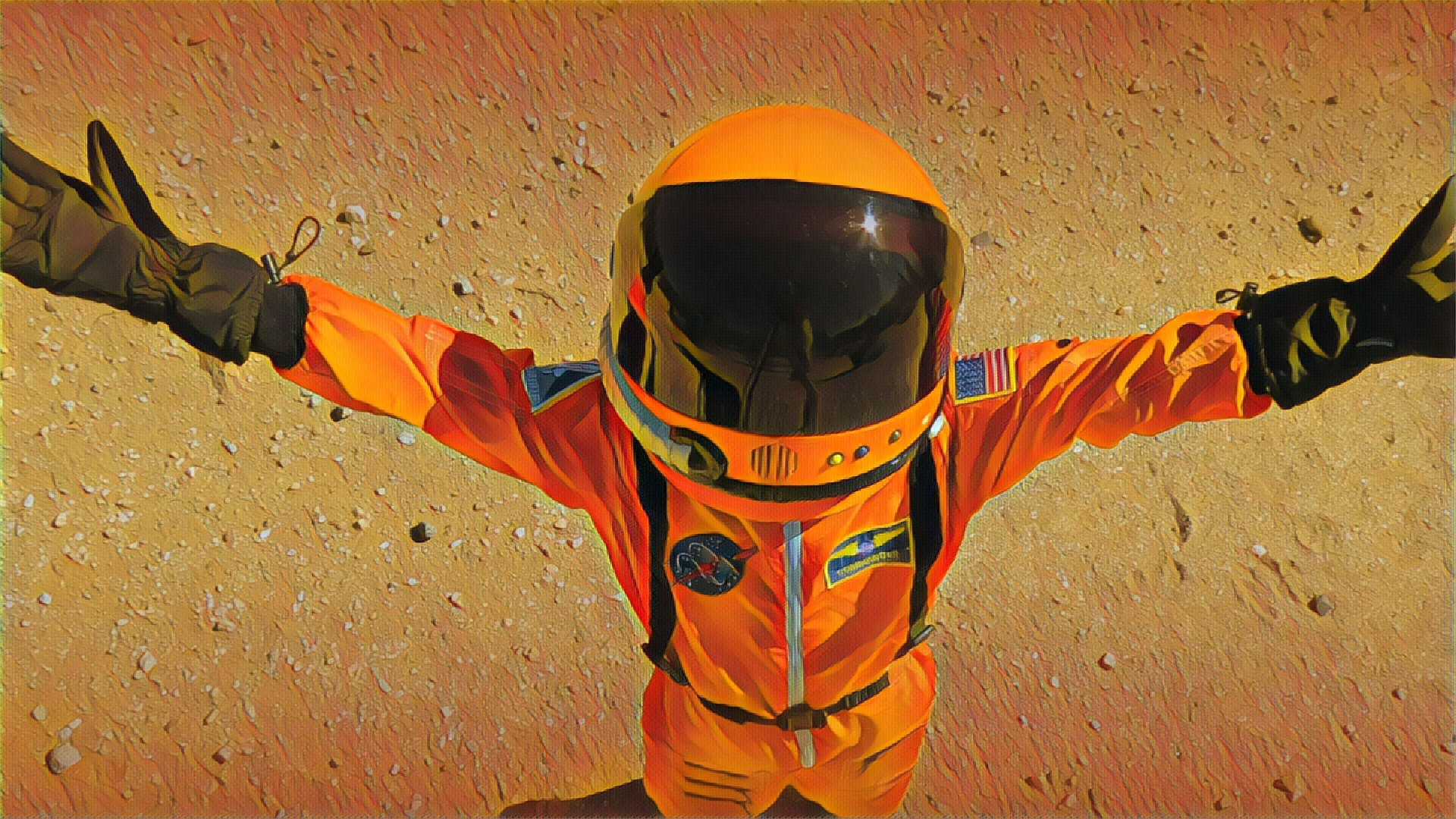

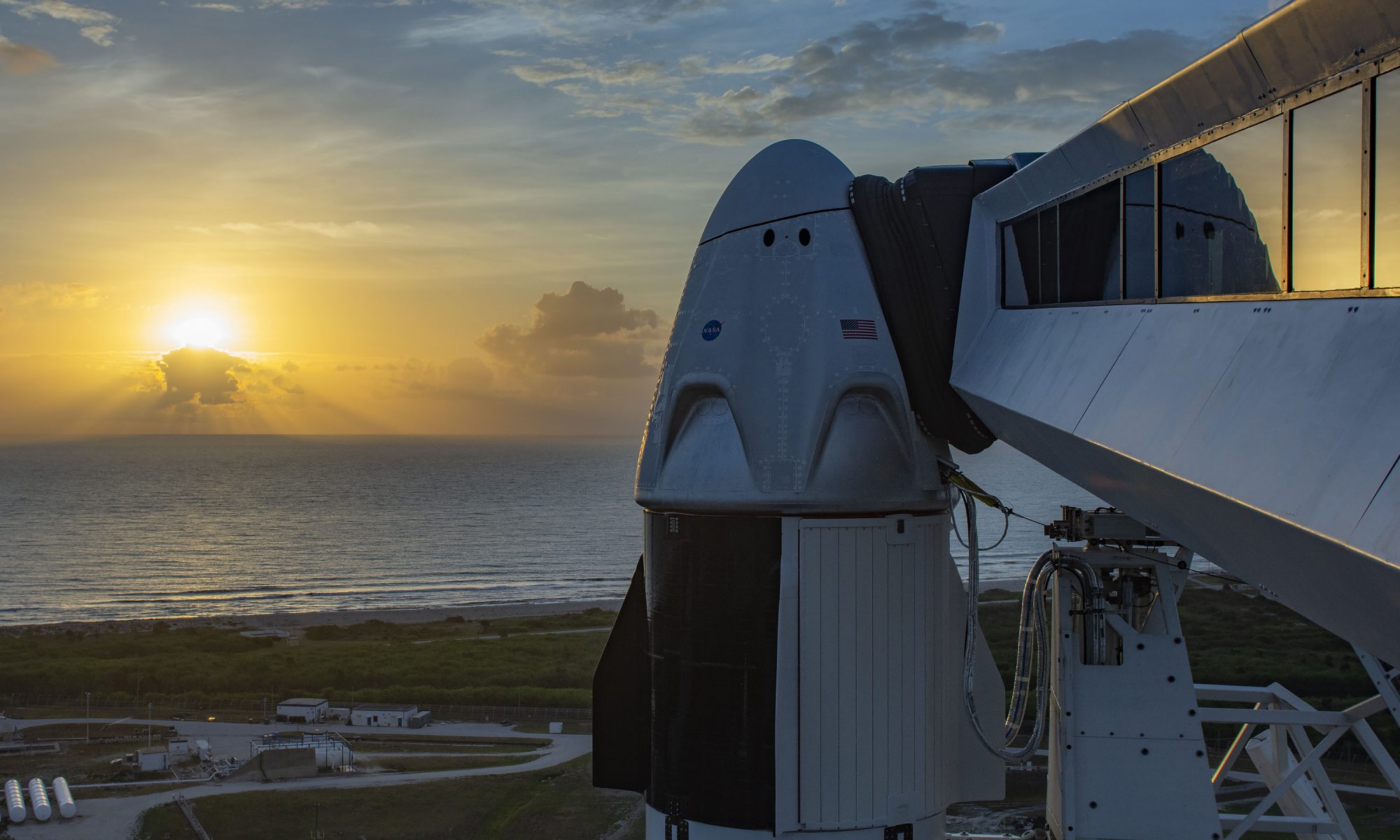

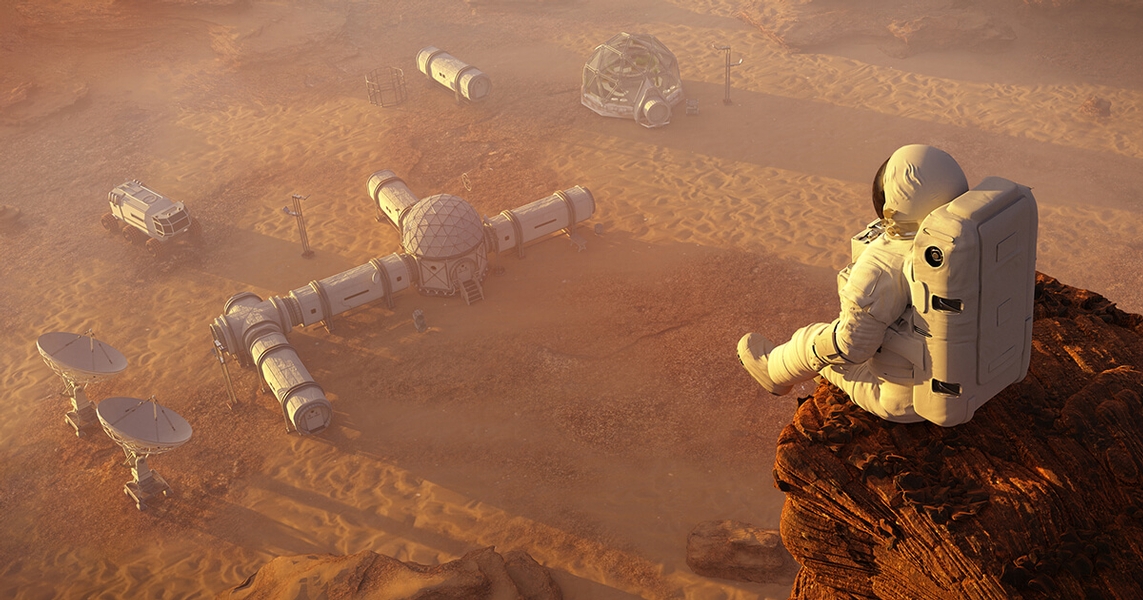




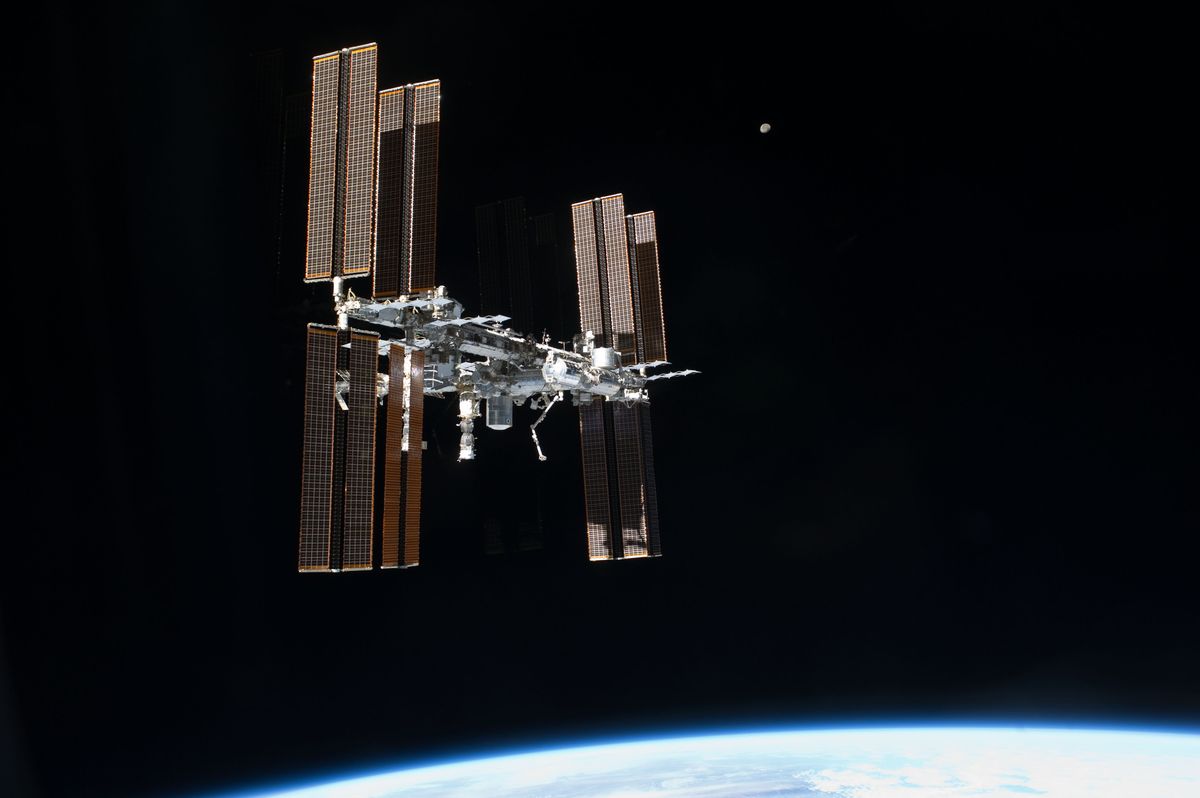
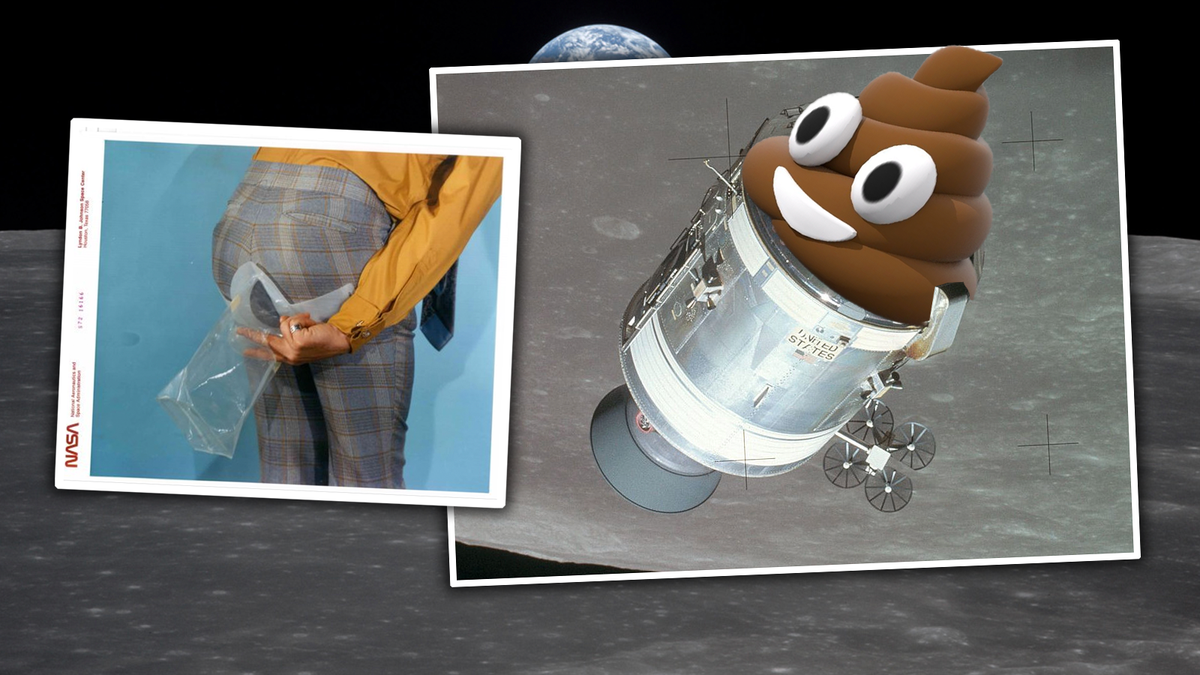
 Jalopnik
Jalopnik